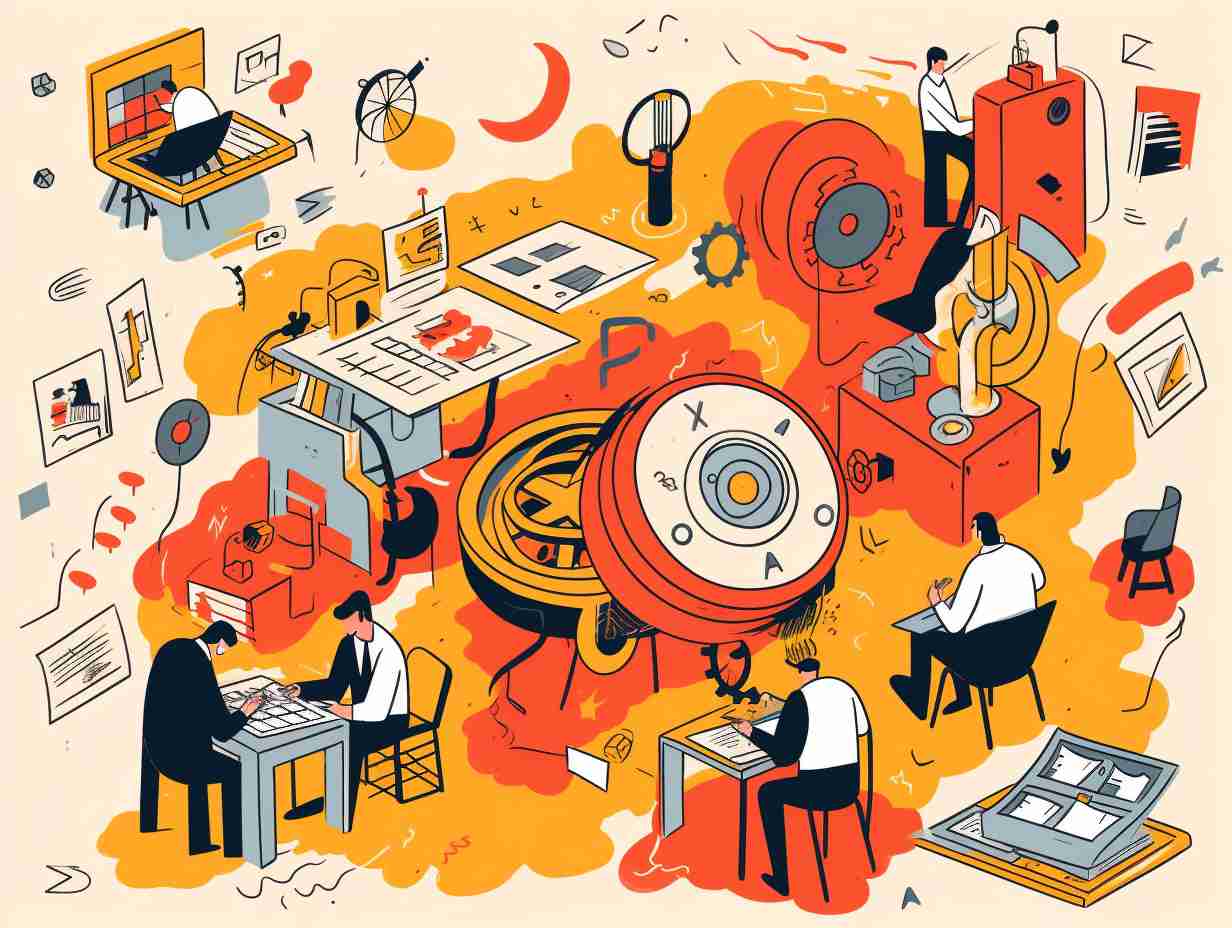
The Dynamic Duo: Chimney Inspection And Cleaning Explained
Table Of Contents
- The Importance of Regular Chimney Maintenance
- Understanding Creosote Buildup and Fire Prevention
- Animal Nests and Carbon Monoxide Risks
- The Benefits of Chimney Inspection and Cleaning
- Signs that Your Chimney Needs Maintenance
- What to Expect During a Chimney Inspection
- The Process of Chimney Cleaning
- Choosing a Professional Chimney Service
- DIY Chimney Cleaning Tips and Techniques
- Maintaining Your Chimney for Long-Term Safety
- Frequently Asked Questions
- Conclusion
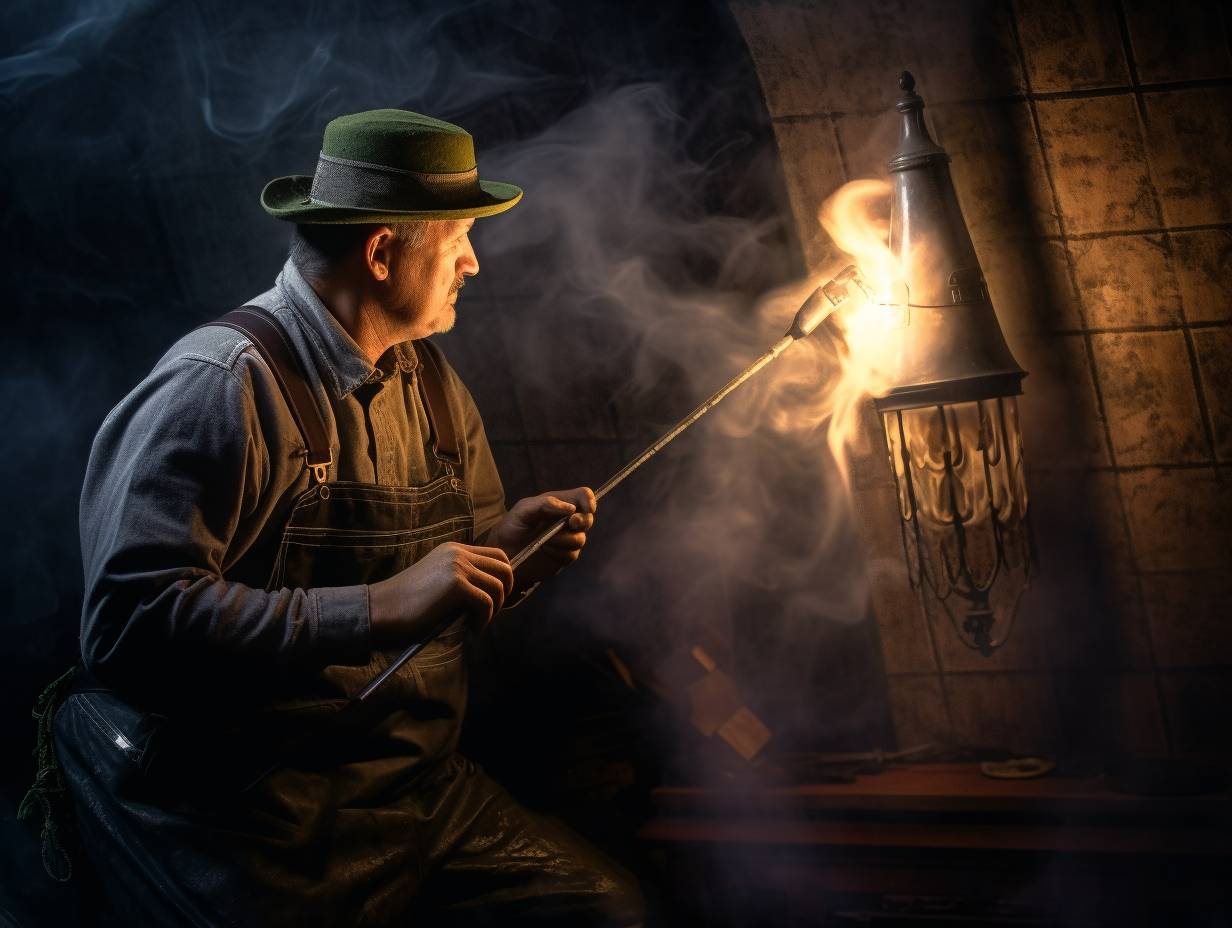
Do you have a chimney in your home? If so, it’s essential to keep it clean and well-maintained for safety reasons. The dynamic duo of chimney inspection and cleaning is the key to preventing potential hazards such as fires, carbon monoxide poisoning, and animal infestations.
Regular maintenance of your chimney can prevent creosote buildup from occurring, which is a leading cause of house fires. Creosote is a highly flammable substance that accumulates on the inside of your chimney over time. Without regular cleaning, this substance can ignite under certain conditions, causing a dangerous fire that could lead to significant damage or even loss of life. In this article, we will dive into the importance of regular chimney maintenance and explore how professional inspections and cleanings can keep your home safe from harm.
The Importance of Regular Chimney Maintenance
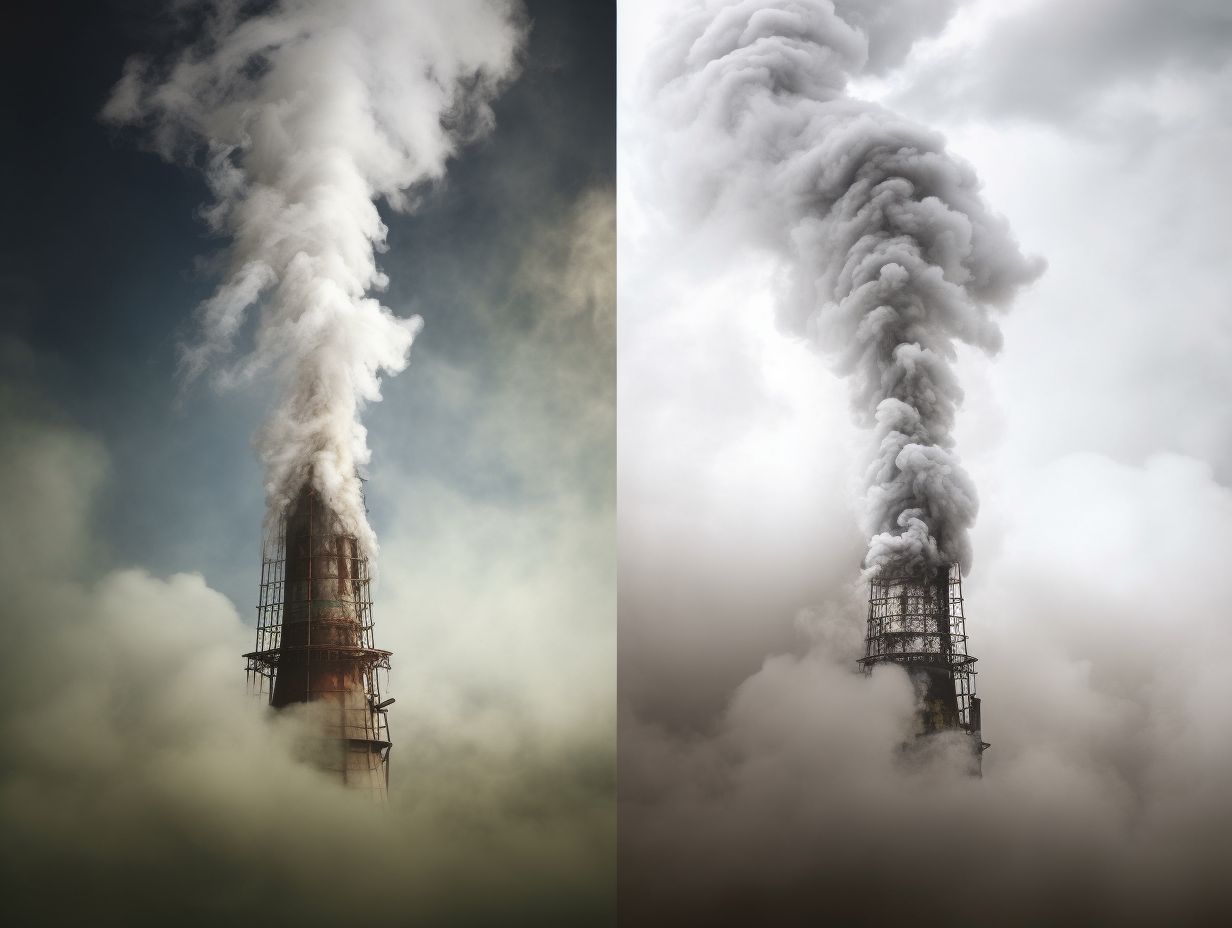
Regular chimney maintenance is crucial to ensure the safety and efficiency of your home’s heating system. Chimney safety should be a top priority for any homeowner, as neglecting it can lead to various hazards. A dirty or clogged chimney can cause fires, carbon monoxide poisoning, and other health risks.
Preventing these hazards begins with regular inspections and cleanings. Inspections allow professionals to identify potential problems before they become major issues. They check for buildup of creosote, which is highly flammable, as well as any cracks or damage in the chimney lining that can allow toxic gases to enter your home. Regular cleanings remove creosote buildup and prevent blockages that can restrict airflow and reduce efficiency. By taking care of your chimney regularly, you’ll not only ensure the safety of your home but also prolong its life span by preventing damage caused by neglect.
Understanding Creosote Buildup and Fire Prevention
You may not realize it, but your cozy fires could be creating a dangerous buildup of creosote in your chimney. Creosote is a highly flammable substance that accumulates inside the chimney walls as a result of incomplete combustion. Over time, this buildup can become thick enough to ignite and cause a chimney fire. To prevent such disasters, it’s crucial to understand creosote buildup and take steps to prevent chimney fires.
Apart from the risk of fire, there are other dangers associated with an unmaintained chimney. Carbon monoxide poisoning is one such risk that arises when there are blockages or leaks in the chimney system. Animal nests and debris can also clog up the venting system and lead to smoke damage or even carbon monoxide poisoning. That’s why it’s important to choose a professional chimney service for regular inspections and cleaning. By maintaining your chimney for safety purposes, you can enjoy worry-free warmth throughout winter!
Animal Nests and Carbon Monoxide Risks

If you’re not careful, ignoring animal nests and carbon monoxide risks can have deadly consequences for your household. Animals like squirrels, birds, and raccoons often build their nests in chimneys during the off-season. These nests can obstruct the airflow and cause smoke to back up into your home. In addition to this, these animals also carry parasites that can be harmful to humans. Therefore, it is important to get animal nest removal services from a professional chimney sweep company.
Carbon monoxide is a colorless and odorless gas that is produced when fuel is burned. If there are cracks or leaks in your chimney, this gas can seep into your home and pose serious health risks such as headaches, nausea, confusion, and even death. To prevent this from happening, install carbon monoxide detectors on every level of your home near sleeping areas. Also, make sure to schedule regular chimney inspections with a certified professional who can detect any potential problems before they become dangerous hazards. By taking these precautions seriously, you’ll be able to enjoy a safe and warm winter without any worries or stress about potential dangers lurking in your chimney system!
The Benefits of Chimney Inspection and Cleaning
Getting your chimney swept is like giving it a breath of fresh air, helping to remove any built-up debris and ensuring that your fireplace can function properly. Not only does regular chimney cleaning help prevent potential health hazards such as carbon monoxide poisoning, but it also offers numerous benefits to your home.
One of the most significant benefits of regular chimney inspection and cleaning is the longevity it adds to your fireplace and chimney system. Removing creosote buildup from the interior walls of your chimney prevents damage and deterioration over time, ultimately extending the lifespan of your entire system. Additionally, an annual inspection can catch small issues before they become more significant problems, saving you money on costly repairs down the line. By investing in routine maintenance for your fireplace and chimney, you are protecting both your family’s safety and the value of your home.
Signs that Your Chimney Needs Maintenance
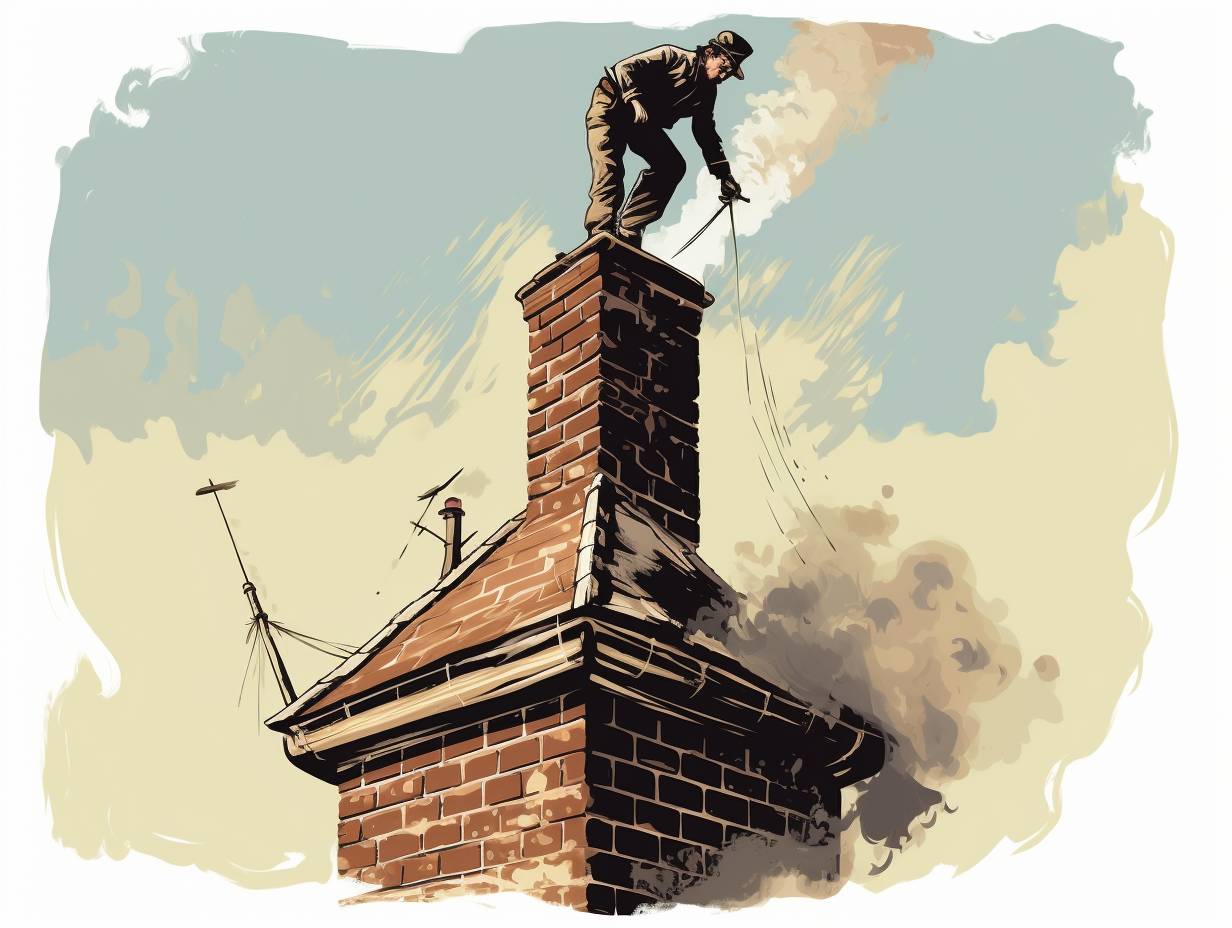
When your fireplace emits a strong odor, it may be a sign that maintenance is needed for the chimney. But there are other signs that need to be taken seriously as well. Here are some common causes of chimney problems and prevention tips to keep them at bay:
- Creosote buildup: This sticky, flammable substance accumulates in the lining of your chimney over time and can cause a fire hazard. To prevent this, make sure to have your chimney cleaned regularly by a professional.
- Damaged or missing bricks: These can allow water to seep into the chimney, causing damage and deterioration. Check for any visible signs of wear and tear on the exterior of your chimney and have it repaired promptly if necessary.
- Animal infestations: Birds, squirrels, raccoons, and other critters can build nests inside your chimney which can block airflow or even cause carbon monoxide poisoning. Install a cap on top of your chimney to prevent animals from entering.
By being aware of these common issues and taking preventative measures, you can ensure that your chimney stays in good condition for years to come. Don’t wait until it’s too late; schedule regular inspections and cleanings now to avoid costly repairs down the line.
What to Expect During a Chimney Inspection
During a chimney inspection, the inspector will carefully examine every nook and cranny of your fireplace to ensure that it is safe for use. They will check for any signs of damage or deterioration, which could lead to hazardous conditions such as carbon monoxide poisoning or house fires. Some common misconceptions about chimney inspections are that they are unnecessary if you have not used your fireplace in a while or that they can be done by homeowners themselves. However, neglecting regular chimney inspections can lead to costly repairs down the line and attempting to do it yourself can result in serious injuries.
Cost considerations also come into play during a chimney inspection. The cost can vary depending on several factors such as the type of inspection needed, the size and condition of the chimney, and the location of your home. It is important to keep in mind that investing in regular inspections and cleanings can actually save you money in the long run by preventing major damages or hazards from occurring. Additionally, some insurance companies may require proof of regular maintenance before covering damages caused by a faulty chimney system. So don’t hesitate to schedule an inspection today!
The Process of Chimney Cleaning
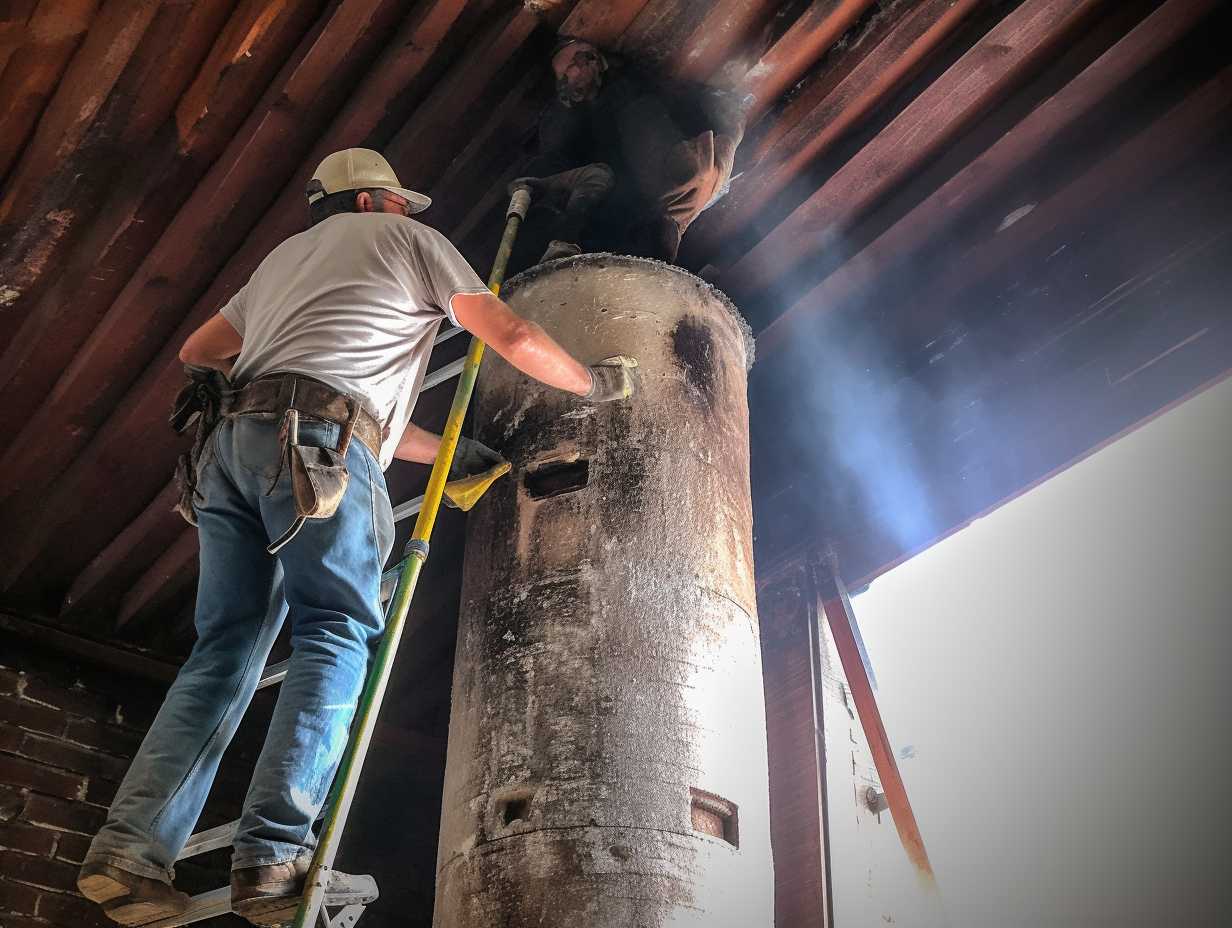
To start the process of chimney cleaning, you’ll first need to gather all the necessary tools and protective gear. The tools used for chimney cleaning include a brush, rods, a vacuum cleaner, and a flashlight. The brush is used to scrub off any creosote buildup inside the chimney while the rods are used to extend the reach of the brush. A vacuum cleaner is essential in removing any debris that may fall off during cleaning, and a flashlight helps you see clearly inside the chimney.
When it comes to cost comparison for chimney cleaning services, it’s best to do your research before hiring someone. Prices can vary depending on several factors such as location, size of the chimney, and extent of damage or buildup. However, it’s important not to skimp on this service as neglecting regular cleanings can lead to more significant problems down the line such as fires or carbon monoxide poisoning. It’s recommended to get quotes from multiple professionals in your area before making a decision on who to hire for this crucial task.
Choosing a Professional Chimney Service
If you’re looking to ensure the safety of your home and loved ones, hiring a professional chimney service is a smart choice. But how do you know which one to choose? Here are some tips for finding experts and comparing prices:
- Ask for referrals from friends or family who have had their chimneys cleaned recently.
- Look up reviews online to get an idea of the company’s reputation and customer satisfaction.
When comparing prices, be sure to ask about the specific services included in each package. Some companies may offer additional inspections or repairs that others do not. It’s also important to make sure the company is licensed and insured, so you’re protected in case of any accidents or damages during the cleaning process. By taking these factors into consideration, you can find a trustworthy and affordable chimney service that will keep your home safe and warm all winter long.
DIY Chimney Cleaning Tips and Techniques

Looking to save money and take on a DIY project this winter? Here are some tips and techniques for cleaning your own chimney at home. First, you’ll need the right equipment. This includes a chimney brush, extension rods, protective gear such as gloves and goggles, and a drop cloth to protect your floor from soot and debris.
To begin DIY chimney sweeping, first make sure there are no fires burning in the fireplace or stove. Then, attach the brush to the extension rod and insert it into the top of the chimney. Use an up-and-down motion to clean each section of the flue thoroughly. Once you’ve finished brushing, use a vacuum or shop vac to remove any remaining debris from inside the firebox. Remember that while cleaning your own chimney can save you money in the short term, it’s important to have it inspected by a professional regularly for safety reasons.
Maintaining Your Chimney for Long-Term Safety
Now that you’ve learned some tips and techniques for DIY chimney cleaning, it’s important to understand the importance of long-term maintenance. Regular inspections and cleanings are crucial for keeping your chimney functioning safely and efficiently. Neglecting this upkeep can lead to dangerous creosote buildup, blockages, and even fires.
To ensure the longevity of your chimney and protect your home from potential hazards, it’s recommended to have your chimney inspected annually by a professional. The frequency of cleanings will depend on how often you use your fireplace or stove, but generally, it’s recommended to have a cleaning done at least once a year. In addition to these professional services, there are also steps you can take as a homeowner to maintain the health of your chimney in between appointments. This includes monitoring for any signs of damage or wear-and-tear and making necessary repairs promptly. By following these guidelines for regular maintenance, you’ll enjoy peace of mind knowing that you’re taking proactive steps towards safety in your home.
As we conclude our discussion on maintaining your chimney for long-term safety let us remind ourselves with these emotional bullet points:
- Don’t put off inspections and cleanings until it’s too late.
- Protect yourself, your loved ones and home from potential dangers.
- Invest in regular maintenance now so you don’t pay later with costly repairs or worse…life!
Frequently Asked Questions
How often should I have my chimney inspected and cleaned?
To ensure fireplace safety and chimney maintenance, it’s recommended to have your chimney inspected and cleaned annually. Neglecting this can cause fire hazards due to creosote buildup which is highly flammable.
Can I use regular household cleaning products to clean my chimney?
Using regular household cleaning products on your chimney is not recommended, as they are not designed for this purpose. DIY chimney cleaning also poses safety concerns and should be left to professionals.
What should I do if I suspect there is a blockage in my chimney?
If you suspect a blockage in your chimney, don’t attempt DIY chimney cleaning. Schedule professionals to inspect and remove any potential obstructions. This ensures safety and proper maintenance of your home’s heating system.
Is it safe to light a fire in my fireplace if my chimney hasn’t been inspected in years?
Don’t risk it! The importance of chimney maintenance cannot be overstated. Professional chimney cleaning is the safest option to prevent hazards like carbon monoxide poisoning and fires. DIY options may seem cheaper, but they can be dangerous if not done correctly.
What are some common mistakes homeowners make when attempting to clean their own chimneys?
Common mistakes homeowners make when cleaning their own chimneys include using improper tools, not wearing proper safety gear, and not properly disposing of debris. These mistakes can lead to safety hazards such as fires or inhalation of harmful substances.
Conclusion
So there you have it, the dynamic duo that is chimney inspection and cleaning explained. Regular maintenance of your chimney is not only important for fire prevention, but also for protecting yourself and your family from carbon monoxide risks. Neglecting to maintain your chimney can lead to costly repairs or even dangerous situations.
Think of your chimney like a car - you wouldn’t skip oil changes or regular tune-ups, would you? So why neglect something as important as the safety of your home and loved ones? Take the time to schedule a professional chimney service or learn how to properly clean it yourself. Your peace of mind and long-term safety is worth it.
Disclaimer: Some information is provided through AI. Users should always conduct their own research and consult with qualified professionals before making any decisions.Affiliate information declaration: We may earn revenue from the products referred on this page and participate in affiliate programs.
